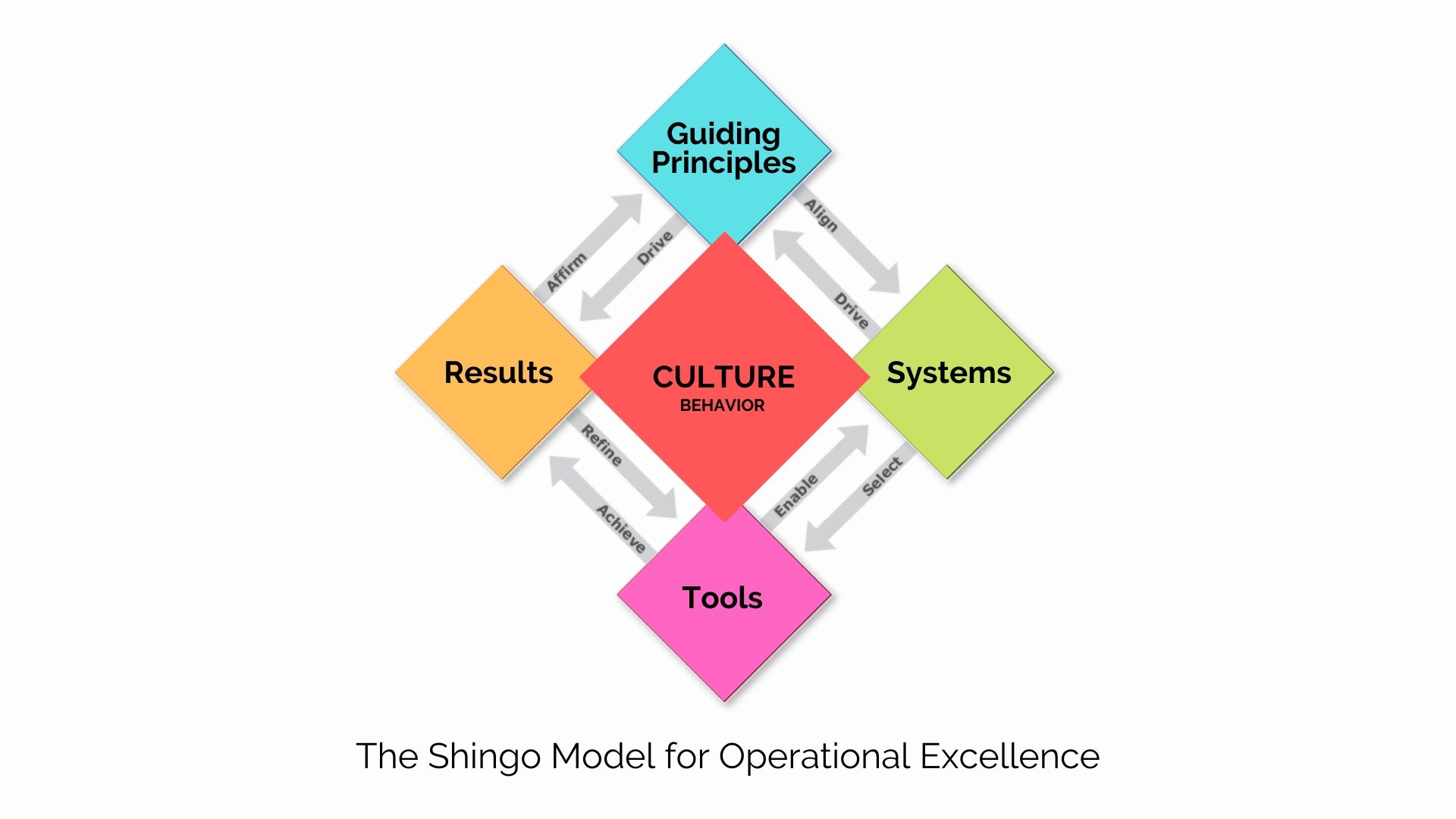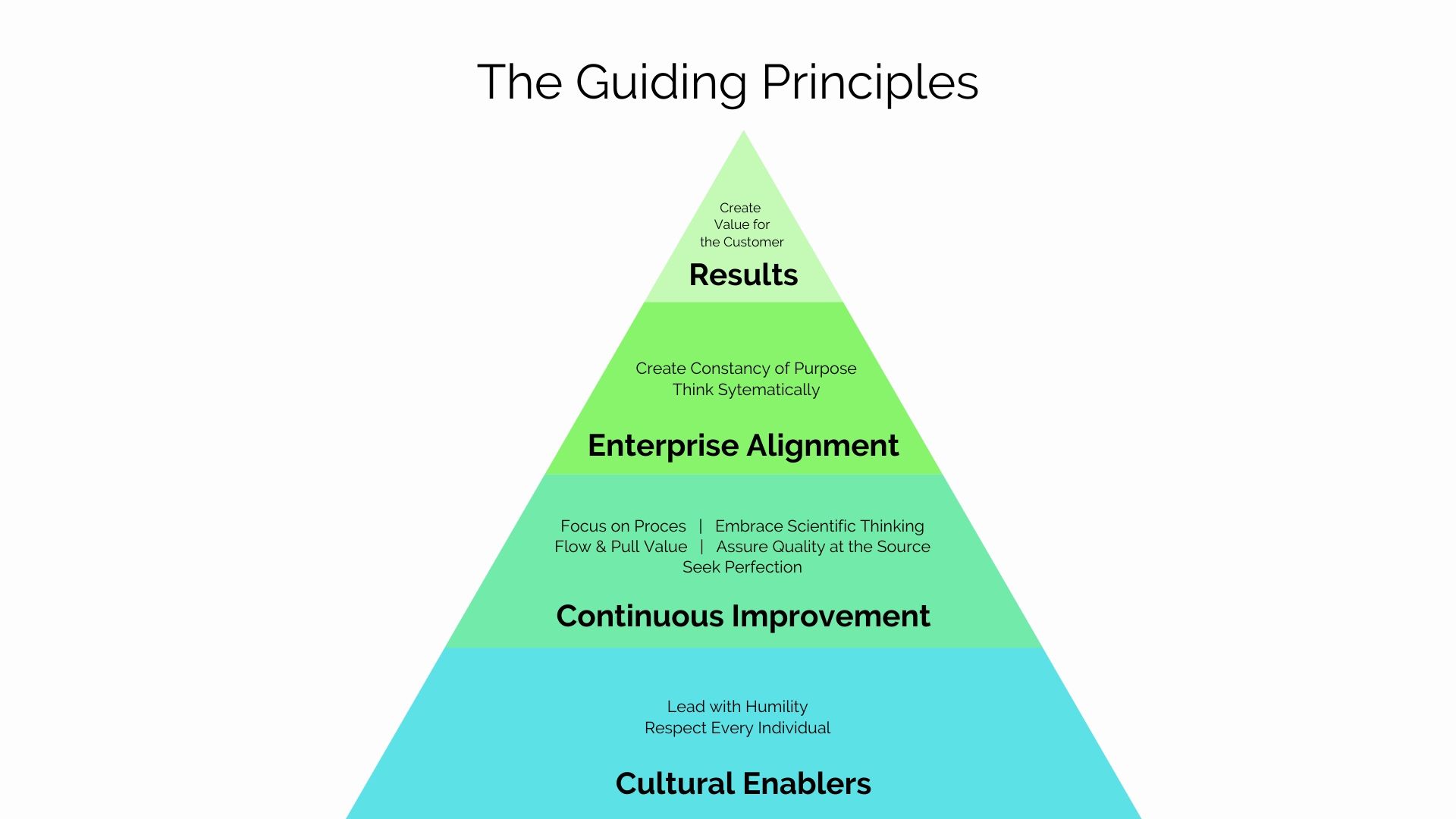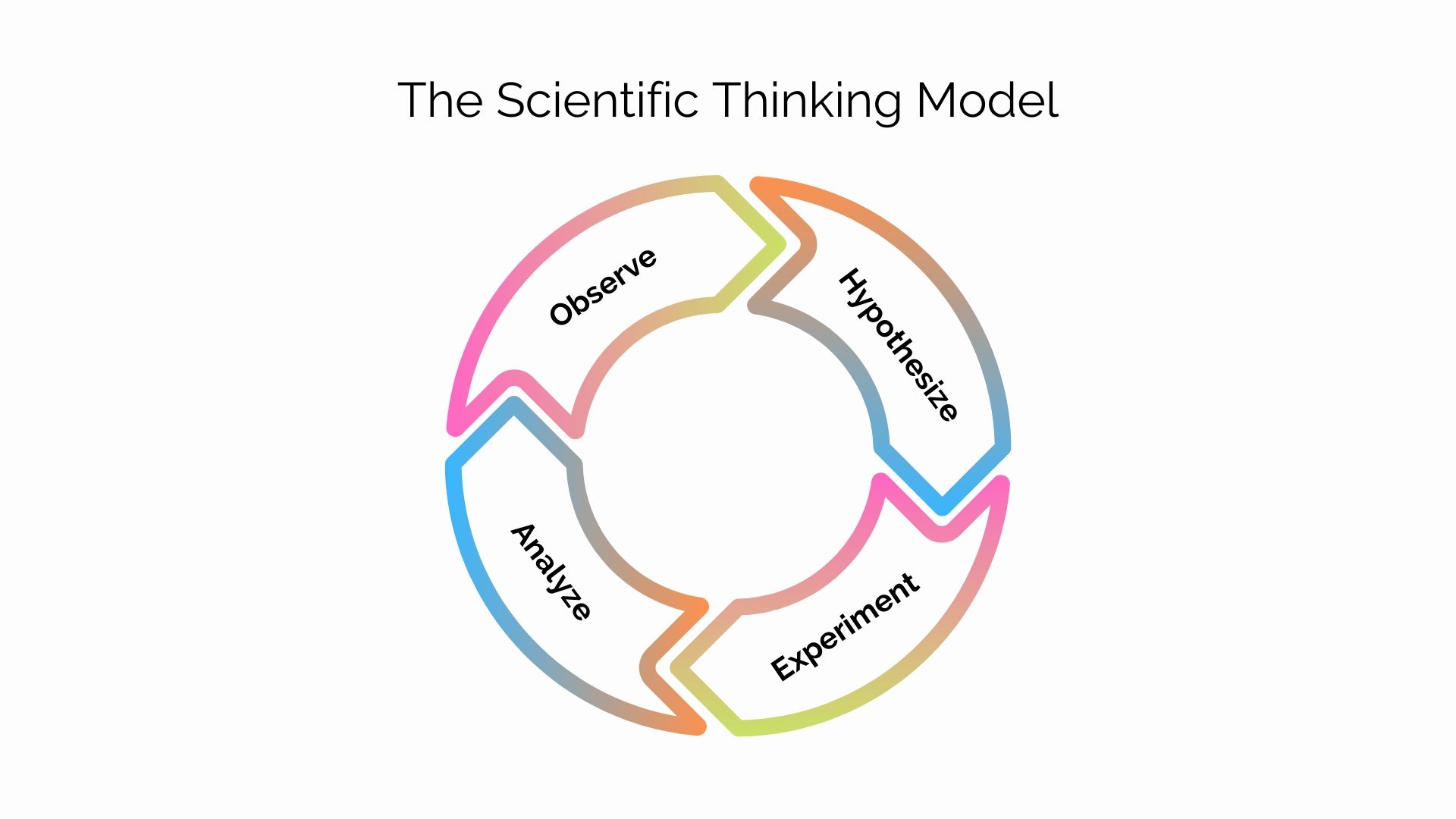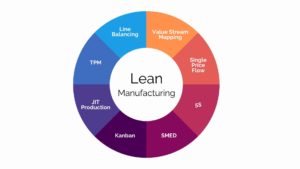For people who are handling businesses and processes, there is a misplaced focus on tools. The belief is that the right tool will solve most, if not all problems. However, another belief states that the tools are not the endgame. They aren’t even the starting point.
Enter the Shingo Guiding Principles. These are principles that will help align an organization’s actions to ensure true quality and success. For this set of principles, the foundation of all succeeding businesses is a company’s culture. Let’s start with a brief introductory outlook.

According to the Shingo Principles, people should not focus on tools. This is because tools focus on how to get things done, and not why things must be done. As we can all imagine, a “how” without a “why” often leads to confusion and a lack of initiative.
Thus, success is crafted through several interwoven systems. Each subsystem has its own tools that will contribute to success.
Apart from the problem with focusing too much on tools, there is one more thing that hampers the success of companies. The problem is the organization’s focus on results. Businesses think that results are the most important thing.
Thus, results become the centerpiece of the business. When a company looks and puts importance on one thing, it often transforms into the culture of that company. Oftentimes, these results are interlaced with Key Performance Indicators or KPIs.
While this is the prevailing belief in most companies today, there is a need to step back and ultimately analyze what happens when KPIs are at the center. When this happens, value often gets associated with how an employee succeeds within the company.
In truth, the value of a company is dictated by the needs of consumers. There could be a disconnect here. If a company is not found useful by consumers, but the employees are hitting their KPIs, is it a valuable business? Are KPIs really the best way to measure that?
This is what the Shingo Guiding Principles understands best. They understand that the heart of every company should be the culture that guides it.
They embed certain principles into a business or organization. These principles then guide the employees towards ideal behaviors. In order to create a culture, there is a system that must back it since systems drive behaviors.
If any of what has just been stated hit the mark, then the Shingo Guiding Principles may be important for you. A company may need to reassess and remake their systems if need be.
The Shingo Guiding Principles can be a powerful tool for improvement and organizational excellence.
Let’s take a look at the guiding principles themselves.
Guiding Principles
There are a total of 10 principles that the Shingo method uses.

Respecting Individuals
Respect is the bedrock for any company. There must be respect for each and every member of the organization. This respect also extends to the customers who purchase the product or service, as well as third parties that work with the company.
These third parties can include a company’s suppliers and the community of the company.
A healthy dose of respect can do wonders for people. It can help to energize and boost the morale of people. In fact, most people often feel that respect is one of the most important things that they can ask for in a company.
Apart from that, respect can allow for employees to participate fully in a company. This can lead to a fully supported company, and a company like this can do whatever it takes to succeed.
For the Shingo Guiding Principles, every human being has worth and potential. Thus, they each deserve to be respected.
Examples for enacting the respect due to individuals in an organization includes creating development plans, including them in improving their areas of work, and mentoring or coaching them to improve their skills and performance.
Lead with Humility
All company leaders need to be humble when they lead. In truth, humility is a prerequisite to being able to lead, and to continue learning and improving.
A humble leader will allow them to come into each and every work day with an open mind. An open mind will allow them to seek input from others. This input can be used to learn and subsequently improve the company in various aspects.
If a leader were to lead this way, it would supercharge the environment and entreat employees to do the same. It also contributes to the respect that the employees feel.
Examples of leading with humility include consistent leadership and engagement at the workplace. It also includes having a culture where employees can openly express themselves, whether positively or negatively.
Seeking Perfection
Perfection is something that will likely never be met. However, this should not deter companies from aspiring to it.
This mindset of reaching for perfection can help to foster continuous improvement throughout an organization.
With perfection always on the horizon, it can help push people to find solutions that were previously unseen.
Enact this principle by ensuring that you leave long-term fixes rather than band-aid solutions. Also, be sure to continuously strive to simplify work.
Scientific Thinking

Scientific thinking can also push for continuous improvement. Innovation usually takes the process of the scientific method. Come up with hypotheses, test them, and improve it using the results you have made.
Failure is not a bad thing if taken through the lens of scientific thinking. Instead, it can become a valuable tool to reach success.
Have a structure in place for solving problems and make sure that all the employees understand it. Also set a fearless culture where employees can put forward new ideas without being chastised.
Focus on the Process
Jumping off from Scientific Thinking, it is important to always have processes in place. The fact of the matter is that all outcomes and results are the result of processes.
With processes in place – good and effective processes at that – it is then possible to produce good results consistently.
The default action for most organizations is to blame the people. It is always the people’s faults when something good does not happen. More than likely, it is the process.
Focus on the process when something goes wrong. Each process must be as in-depth as possible. This means that the process should include the right people, parts, and steps to take place.
These different parts should be correct when a process is being taken.
Quality at the Start
As stated, perfection can never be attained. However, producing quality output is achievable.
In order to do this, the inspection for quality must be seen way before the product ever hits the market. It must be seen when it is being manufactured or developed.
Rigorous testing should be done that would reveal errors before releasing a product.
When an error is detected, stop all work and aim to fix the problem. Also, organize the workplace in a way that people can easily see where a problem takes place.
Improve Flow and Pull
This principle is similar to the Lean Manufacturing principle. It states that value for customers is maximized only when real demand is there. Thus, companies and organizations should never have too much stocks and materials on hand.
Nevertheless, it should be an undisrupted and continuous flow. It will require great planning as the needed resources must be readily available when the need comes.
Think Systematically
The 8th principle we have is to think systematically. This means that leaders should have a thorough understanding of how their companies work. They should understand the various processes and how they interconnect with one another.
This level of understanding can inform good decisions and practices.
Once there is a clear level of how a company operates, the next thing that should be done is to detect any barrier to the exchange of information, decisions, ideas, products, and any other important information.
With every system also comes well-set goals and issues that need to be tackled each day.
Create Constancy of Purpose
This is an issue that most employees don’t know they need until later on. There needs to be a clear and constant purpose for the organization. This purpose will align people’s actions.
It will also help push people to bring forth good ideas, take risks, and innovate for the good of the company.
It may be best to create goals that will help people contribute and achieve the organization’s overall goals.
Create Value for the Customer
Finally, we have Create Value for the Customer. This is the final principle.
As was stated at the start, value must be created through the lens of the customer. Most times, value is seen through KPIs and the behaviors of the employees.
If a company does not do this, it may not be able to continually operate in the long-term.
Always have the customer’s needs in mind. If a company does not understand what the needs are, then strive to discover what they are.
These are the 10 Shingo Guiding Principles. Applying them to a company is a powerful method on the path to improvement and ultimately, success. Companies may need to examine their own systems in place and change them, but the results will be worth it in the long-run.



